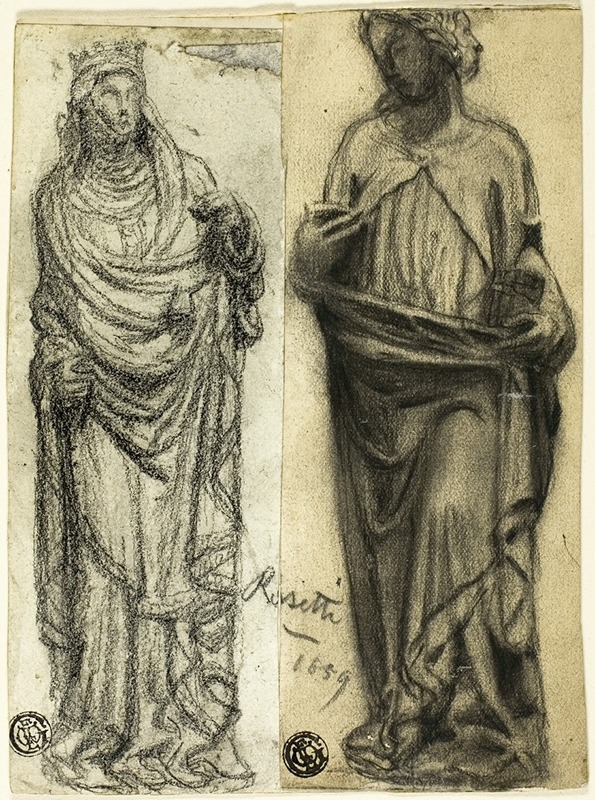
Two Studies of Medieval Sculpture
A hand-painted replica of Dante Gabriel Rossetti’s masterpiece Two Studies of Medieval Sculpture, meticulously crafted by professional artists to capture the true essence of the original. Each piece is created with museum-quality canvas and rare mineral pigments, carefully painted by experienced artists with delicate brushstrokes and rich, layered colors to perfectly recreate the texture of the original artwork. Unlike machine-printed reproductions, this hand-painted version brings the painting to life, infused with the artist’s emotions and skill in every stroke. Whether for personal collection or home decoration, it instantly elevates the artistic atmosphere of any space.
Dante Gabriel Rossetti, a prominent figure in the Pre-Raphaelite Brotherhood, created "Two Studies of Medieval Sculpture" as part of his exploration into medieval themes and aesthetics. Rossetti, born in 1828 in London, was a poet, illustrator, painter, and translator, and he played a significant role in the 19th-century art movement that sought to revive the detail, intense colors, and complex compositions of Quattrocento Italian art.
The Pre-Raphaelite Brotherhood, founded in 1848 by Rossetti, William Holman Hunt, and John Everett Millais, was a group of English painters, poets, and critics who reacted against the academic art standards of the time. They sought inspiration from art before the High Renaissance, particularly the works of early Italian artists. Rossetti's interest in medieval subjects was a hallmark of his work, reflecting a fascination with the romantic and spiritual qualities of the Middle Ages.
"Two Studies of Medieval Sculpture" exemplifies Rossetti's dedication to capturing the essence of medieval art. Although specific details about this particular work are limited, Rossetti's studies often involved detailed sketches and paintings that focused on the intricate designs and expressive forms found in medieval sculpture. His approach was characterized by a meticulous attention to detail and a deep appreciation for the craftsmanship of the medieval period.
Rossetti's works often featured themes of love, beauty, and death, and he was known for his use of vivid colors and elaborate symbolism. His interest in medieval subjects was not only artistic but also personal, as he was deeply influenced by the literature and poetry of the period. This influence is evident in his other works, such as his illustrations for Thomas Malory's "Le Morte d'Arthur" and his translations of Italian medieval poets like Dante Alighieri.
The Pre-Raphaelite Brotherhood's emphasis on returning to the detail and complexity of early Renaissance art was a reaction against the industrialization and mechanization of the Victorian era. Rossetti, in particular, was drawn to the spiritual and emotional depth he perceived in medieval art, which he felt was lacking in contemporary works. His studies of medieval sculpture were part of a broader effort to capture the spiritual and aesthetic qualities of the past.
Rossetti's legacy is significant in the history of art, as he helped to pave the way for later movements that valued emotion and individual expression. His work, including "Two Studies of Medieval Sculpture," continues to be studied for its innovative approach to form and content, as well as its role in the broader context of 19th-century art.
In summary, "Two Studies of Medieval Sculpture" by Dante Gabriel Rossetti reflects the artist's deep engagement with medieval themes and his commitment to the principles of the Pre-Raphaelite Brotherhood. Through his detailed studies, Rossetti sought to revive the beauty and complexity of medieval art, leaving a lasting impact on the art world.





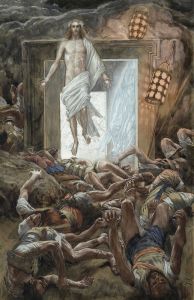
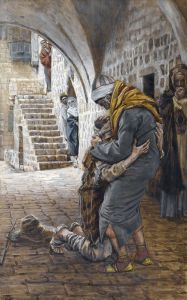
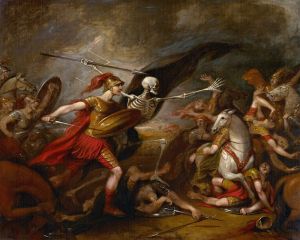
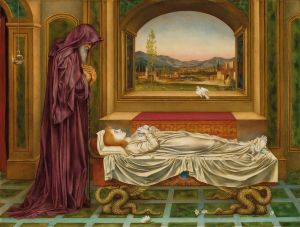
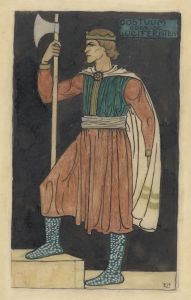
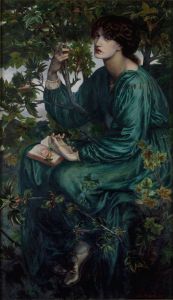
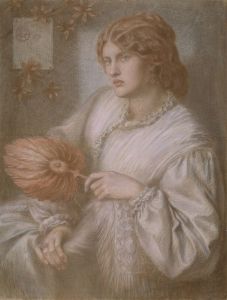
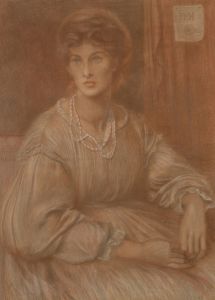
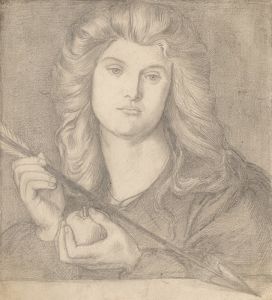
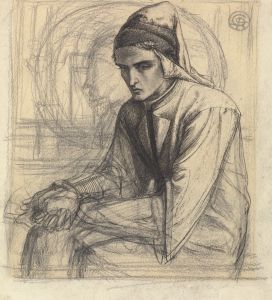
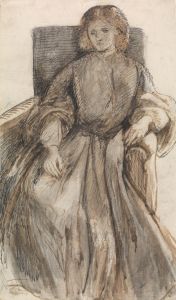
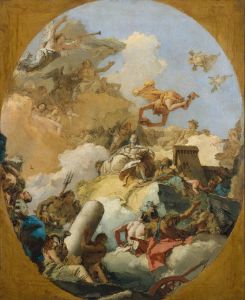
![It Is Amazing-And We Were Made by God [Furious Folly]](/imgs/264618/s/francisco-de-goya-it-is-amazingand-we-were-made-by-god-furious-folly-a15fa352.jpg)